Looking for information on this desk.
Hattie1278
9 years ago
Related Stories

PRODUCT PICKSGuest Picks: Perpetual Calendars With Timeless Good Looks
It's never too late to pick up a calendar that keeps the date but won't look dated on your desk
Full Story
MOST POPULARBudget Decorator: Shop Your Home for a New Look
Redecorate without spending a cent by casting a creative eye on the showroom called home
Full Story
DECORATING GUIDESRevive Your Room’s Look in Just 5 Steps
Not in total-makeover mode? Give your space polish and a pulled-together look with this easily doable plan
Full Story
BEDROOMS7 Ways to Make a Small Bedroom Look Bigger and Work Better
Max out on comfort and function in a mini space with built-ins, wall mounts and decorating tricks that fool the eye
Full Story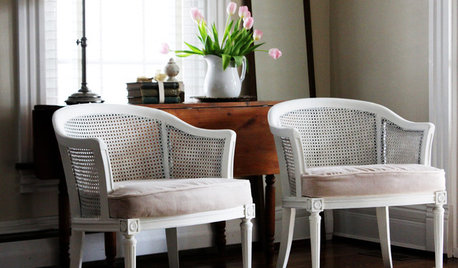
BUDGET DECORATINGBudget Decorator: 8 Ways to Make Old Furniture Look Brand New
Learn stripping, staining, painting and reupholstering basics to make bargain-basement furniture worthy of center stage at home
Full Story
DECORATING GUIDESLook-Alikes That Save Money Without Skimping on Style
Whether in woodwork, flooring, wall treatments or tile, you can get a luxe effect while spending less
Full Story
DECORATING GUIDESGet the Look: 'Scandal' Style for a Sensationally Chic Home
Model a room after the compelling TV show for all the visual drama with none of the conflicts
Full Story
PAINTINGKnotty to Nice: Painted Wood Paneling Lightens a Room's Look
Children ran from the scary dark walls in this spare room, but white paint and new flooring put fears and style travesties to rest
Full Story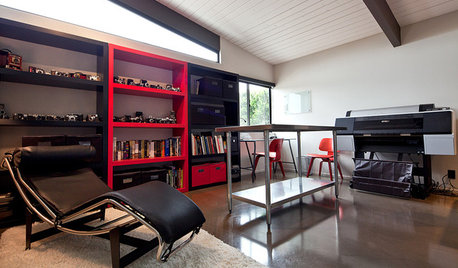
HOME OFFICESCreate a Customized Office Look Without Built-Ins
Make your home office highly functional and gorgeous with flexible, affordable freestanding shelving
Full Story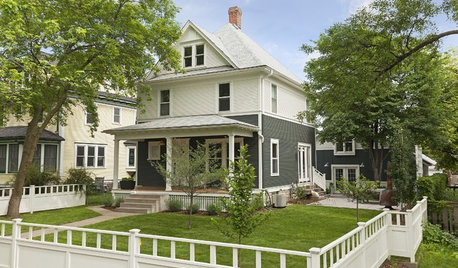
HOUZZ TOURSHouzz Tour: A Fresh Look for a Classic Minnesota Home
An architectural designer updates an urban farmhouse, mixing vintage details with an open layout made for modern living
Full Story





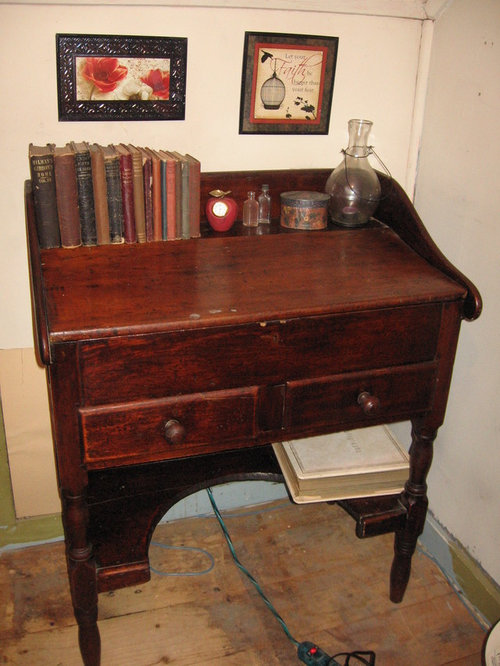
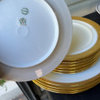



jemdandy
Hattie1278Original Author
Related Professionals
Dallas Furniture & Accessories · San Diego Furniture & Accessories · East Patchogue Interior Designers & Decorators · Decatur Painters · Plymouth Painters · Arlington Painters · Cottage Grove Painters · Dumont Painters · Matteson Painters · Poinciana Painters · Sunrise Painters · Dallas Furniture & Accessories · Washington Furniture & Accessories · Stamford Furniture & Accessories · Colorado Springs Professional Organizerslazy_gardens
Hattie1278Original Author
lilylore
Hattie1278Original Author
Hattie1278Original Author
lilylore
Hattie1278Original Author
jemdandy
Hattie1278Original Author
lazy_gardens
jeff-1010
Hattie1278Original Author